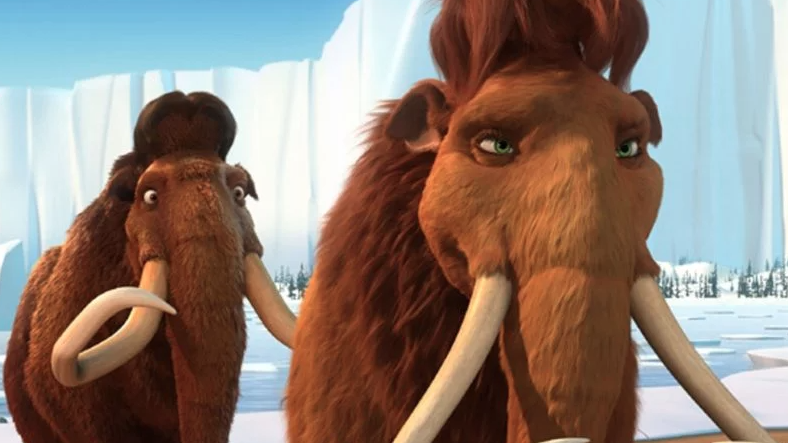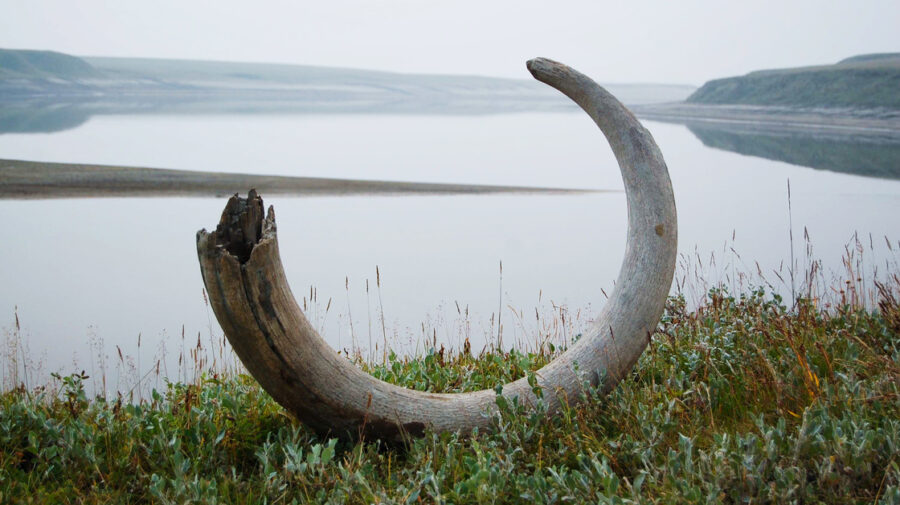Woolly Mammoths Will Soon Roam Earth Again?
Colossal Biosciences, a biotech company, claims to be within five years of introducing a cold-weather resistant elephant similar to the wooly mammoth to the artic circle.

Humans excel at many things and have shown a lot of those to be great things, but hunting is one thing that we have proven ourselves to be great at that turns out to be not so good. We have hunted many animals to extinction, including about a dozen over the past century, and bringing the white rhino to the brink of annihilation. However, according to Newsweek, one company is looking to reverse the extinction of one animal we had a hand in destroying, and if all goes their way, the woolly mammoth could be roaming the plains again in the next five years.
Colossal Biosciences, a biotech company launched by entrepreneur Ben Lamm and renowned geneticist George Church, looks to use gene-editing technology to recreate a cold-weather resistant elephant that resembles the long-extinct woolly mammoth. Lamm told Newsweek that the animal has 99.6 percent of its genetics in common with their descendants, the Asian elephant, and they are planning to play with the genomes in the .04 percent ,to introduce their ability to withstand the cold. Their focus on rewilding the extinct animal is more than their physical appearance, including the coat and ears, but also how their metabolism works in the cold of the Arctic.
But why are scientists hoping to rewild the animal in the Arctic? The answer is to fight climate change, as the Arctic used to be all grassland and few trees, and the disappearance of the woolly mammoth allowed the region to be covered in trees, trapping snow on the surface. The result is the snow acts as an insulator, trapping summer heat in the soil and thawing it out, releasing a devastating amount of carbon that could cause more damage than carbon dioxide; reintroducing the woolly mammoth would bring back the natural grassland and reverse that process.

Of course, there are arguments against the idea, one significant argument being that the time and resources needed to restore the extinct animal could be better used to prevent animals from joining them in extinction, like the white rhino. Another criticism is that elephants have a strong maternal bond that these new animals wouldn’t have without a mother, creating an entire herd of unhappy animals. Ben Lamm argues that the technology being used to restore the woolly mammoth could also be beneficial for human health, making his goal worth the resources, and that they are working with conservation groups that specialize in dealing with orphaned elephants to ensure they get the best life.
While all scientific breakthroughs and processes have their detractors, Lamm believes righting wrongs that have devastated ecosystems presents a decent, ethical argument for his company. Of course, humans weren’t the sole reason the woolly mammoth went extinct as climate change at the end of the last ice age forced them all north. Add to that the finding of a woolly mammoth with a spear still inside back in 2017, and humans owe it to the animal to restore them to an ecosystem we destroyed long ago.












